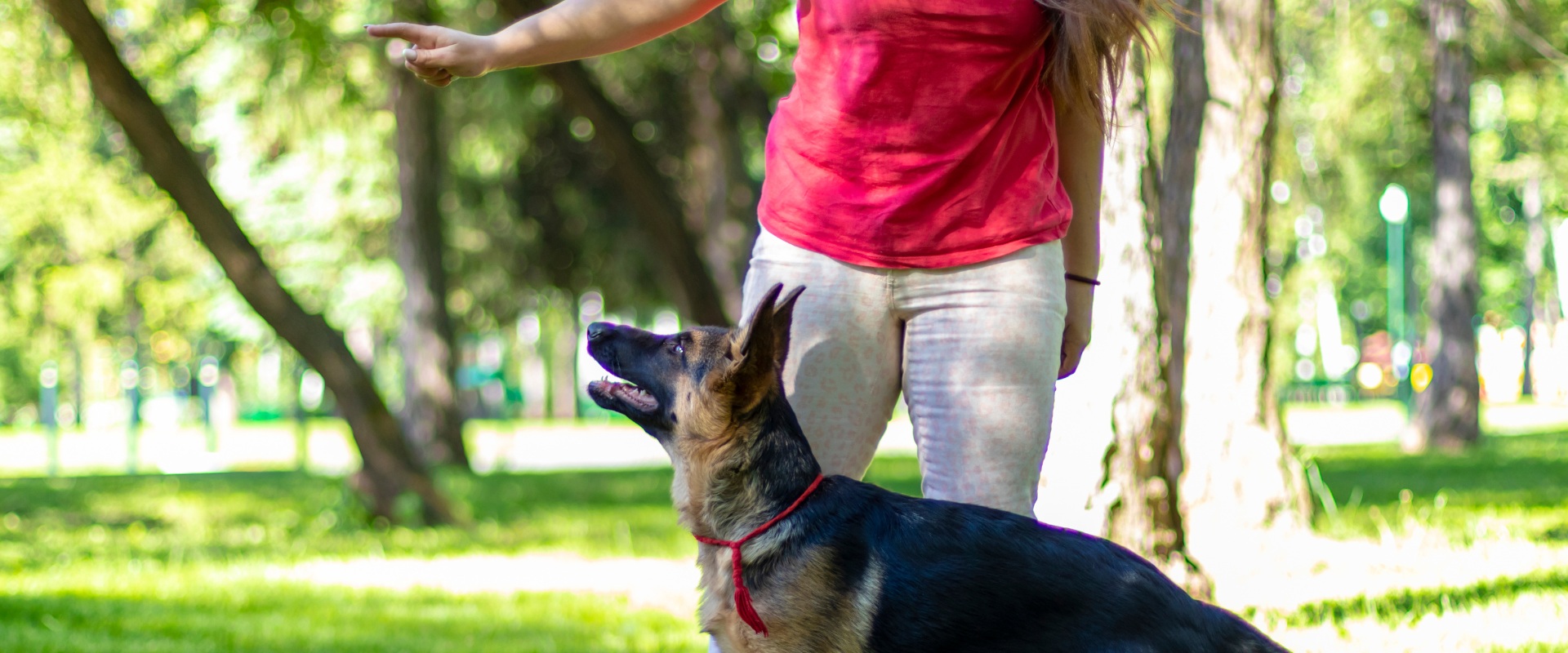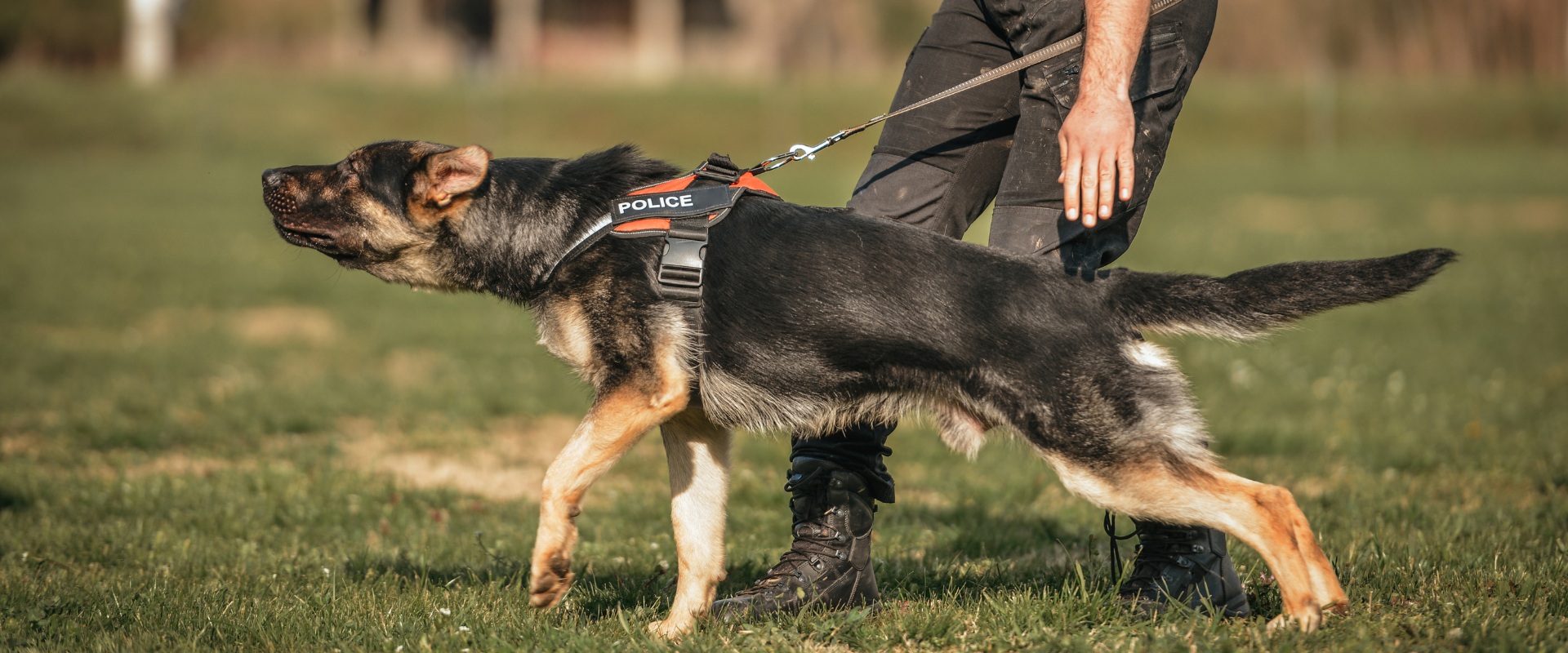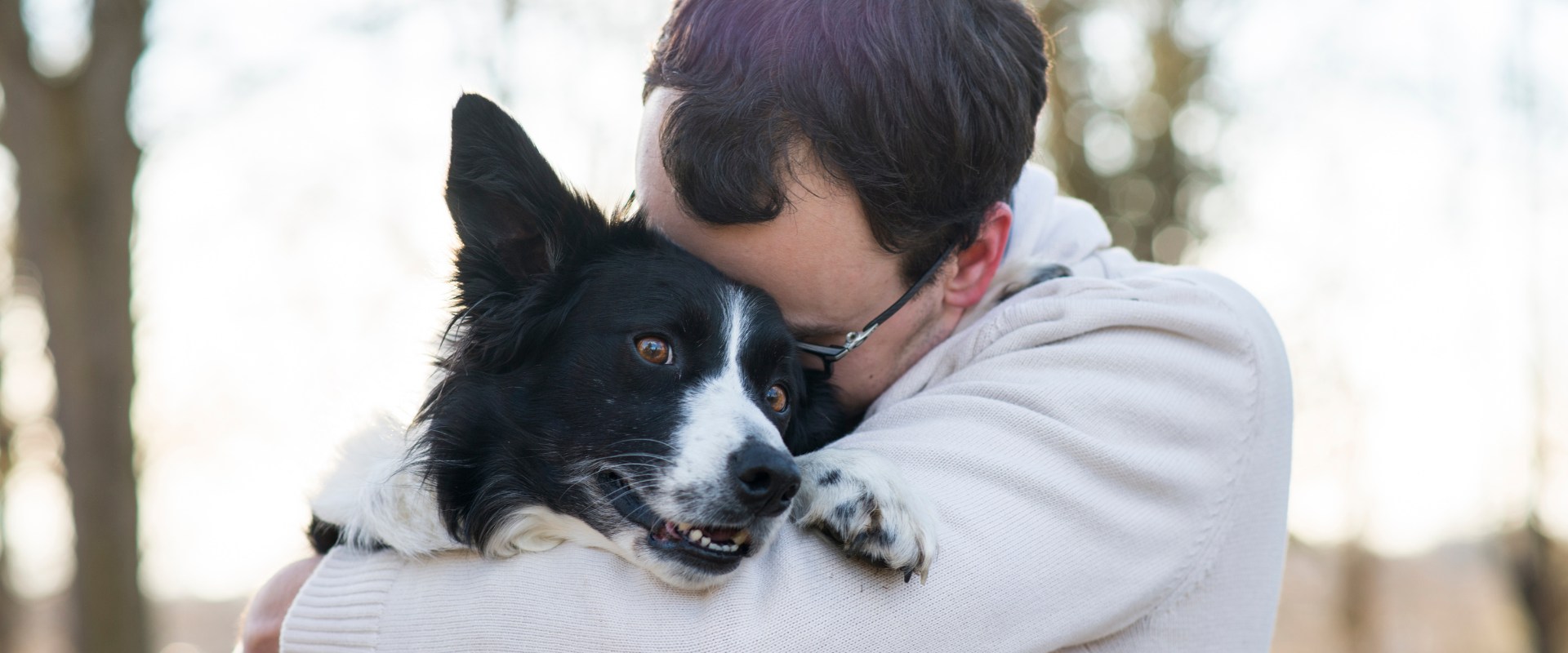The German Shepherd, also known as an Alsatian, is a medium to large-sized breed of working dog that originated in Germany. Known for their intelligence, loyalty, and versatility, German Shepherds are widely used as working dogs in various roles, including police dogs, military dogs, search and rescue dogs, guide dogs for the blind, and herding dogs.
This breed are one of the most popular dog breeds in the world, and for good reason. They are intelligent, loyal, and versatile dogs that can be trained to do a variety of tasks. If you are thinking about getting a German Shepherd, or if you already have one, it is important to start training them early.
They are eager to please their owners, so they are relatively easy to train. However, they are also intelligent dogs, so they can be stubborn if they are not motivated. The best way to train a German Shepherd is to use positive reinforcement, which means rewarding them for good behavior.
Temperament and Behavior
German Shepherds are known for their intelligence, trainability, and eagerness to please their owners. They are loyal, protective, and confident dogs that form strong bonds with their families. However, they can also be aloof with strangers and require early socialization to prevent shyness or aggression. German Shepherds are generally active and energetic dogs that require regular exercise and mental stimulation. They are well-suited for obedience training, agility, and other canine sports.
Care and Training
German Shepherds are relatively low-maintenance dogs, requiring regular brushing to remove loose hair and prevent mats. They should be bathed only when necessary, as excessive bathing can strip their coat of its natural oils. German Shepherds are active dogs that need plenty of exercise, such as daily walks, runs, or playtime in a fenced-in yard. They also require mental stimulation to prevent boredom and destructive behaviors.
Lifespan and Health
Their lifespan of 9 to 13 years. They are generally healthy dogs, but they are prone to some health problems, such as hip dysplasia, elbow dysplasia, and degenerative myelopathy. Regular veterinary checkups are important for early detection and treatment of potential health problems.

Training a German Shepherd
German Shepherds are versatile dogs that can be trained for a variety of tasks, including:
- Working dogs: German Shepherds are often used as police dogs, military dogs, and search and rescue dogs.
- Herding dogs: German Shepherds were originally bred to herd sheep, and they are still used for herding today.
- Service dogs: German Shepherds can be trained to assist people with disabilities, such as guide dogs for the blind and hearing dogs for the deaf.
- Therapy dogs: German Shepherds can be trained to provide emotional support to people in hospitals, nursing homes, and schools.
how to train a german shepherd?
✤ Start early. Puppies can start learning basic commands as early as 8 weeks old. The earlier you start training, the easier it will be for your dog to learn.
✤ Be consistent. Use the same commands and hand signals each time. This will help your dog to learn quickly and avoid confusion.
✤ Keep training sessions short and fun. Dogs have short attention spans, so keep training sessions to 10-15 minutes at a time. Make sure your dog is enjoying themselves and end each session on a positive note.
✤ Use positive reinforcement. Reward your dog with treats, praise, or petting when they do something correctly. This will help them to associate good behavior with positive outcomes.
✤ Be patient. It takes time and patience to train a dog. Don’t get discouraged if your dog doesn’t learn a command right away. Just keep practicing and they will eventually get it.
Here are some specific commands that you can teach your German Shepherd:
》Sit: Hold a treat above your dog’s nose and slowly move it over their head. As their nose follows the treat, their rear end should naturally lower to the ground. Say “sit” as their bottom touches the ground and give them the treat.
》Stay: Hold your hand out in front of your dog and say “stay.” Take a few steps back and if they stay, give them a treat. Gradually increase the distance and duration of the stay command.
》Come: With your dog a few feet away, say “come” in an excited voice and encourage them to come to you. When they reach you, give them a treat and praise.
》Heel: Walk with your dog on your left side and hold a treat by your left hip. As your dog walks beside you, give them the treat.
》Down: With your dog in a sitting position, hold a treat near the ground and slowly move it away from them. As their nose follows the treat, their body should naturally lower to the ground. Say “down” as their body touches the ground and give them the treat.
Once your German Shepherd has mastered these basic commands, you can start teaching them more advanced tricks, such as fetching, shaking hands, and rolling over. You can also take your dog to obedience classes to learn more complex commands and socialization skills.

How to train my german shepherd like a police dog?
Establish a Strong Bond: Build a strong foundation with your German Shepherd puppy through socialization, playtime, and consistent obedience training. This will help them develop trust, loyalty, and a willingness to please, essential qualities for police dogs.
Basic Obedience Commands: Master basic commands like sit, stay, come, heel, and down. These commands form the building blocks for more advanced training. Use positive reinforcement techniques, rewarding your dog with treats, praise, and affection for correct behavior.
Scent Detection: Introduce scent detection exercises by hiding treats or scented objects and encouraging your dog to find them. Gradually increase the difficulty by using different scents and hiding them in various locations.
Tracking: Practice tracking by laying a scent trail using scented objects or your own scent. Encourage your dog to follow the trail, rewarding them for staying on track and finding the source of the scent.
Obedience in Distracting Environments: Train your dog to obey commands in increasingly distracting environments, such as busy parks or crowded streets. This will help them maintain focus and control even in challenging situations.
Protection Training (Optional): If you intend to train your German Shepherd for personal protection, seek professional guidance from a qualified trainer. Protection training involves teaching the dog to apprehend and detain suspects, but it requires careful handling and experienced supervision.
Socialization: Continuously socialize your dog with different people, animals, and environments. This will help them develop tolerance and adaptability, crucial qualities for police work.
Physical Conditioning: Maintain your dog’s physical fitness through regular exercise, such as walks, runs, and playtime. A well-conditioned dog will have the stamina and endurance required for police work.
Professional Training: Consider enrolling your dog in professional police dog training programs. These programs provide specialized training and certification for working dogs.
Patience and Consistency: Remember that training a police dog takes time, patience, and consistent effort. Be patient with your dog’s progress and maintain a consistent training routine.



